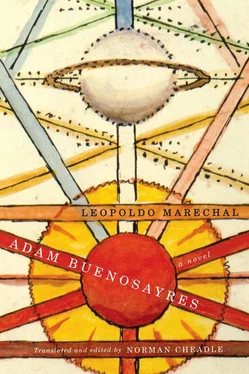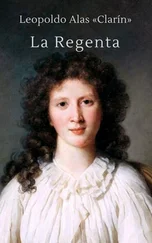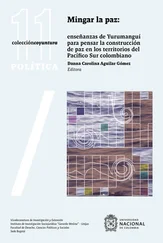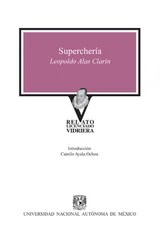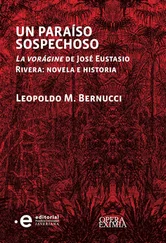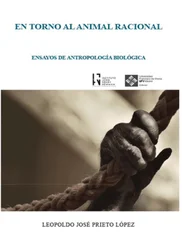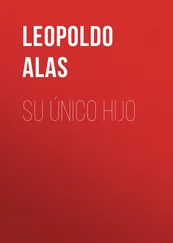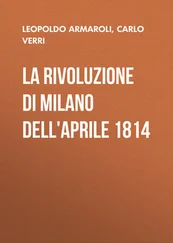ADÁN BUENOSAYRES
AND THE VISUAL ARTS
When he speaks of the fictionalization of competing poetics in Adán , Piglia is likely referring to the fantastical adventures of Book Three (chapter 1), when a succession of national-literary characters and sociocultural stereotypes visit the seven drunken adventurers and provoke heated discussion among them. These episodes, and other flights of fancy in the novel — the street brawl as a Battle of Armageddon (Book One, chapter 2), Adam’s imaginary rampage as a mad giant in the streets of Villa Crespo (Book Two, chapter 2), and any number of scenes from Cacodelphia — could also be considered from the aesthetic perspective of the visual arts and their impact on Marechal’s novelistics. Marechal was always interested in the plastic arts, and it is no accident that the astrologer Schultz — based on polymath and avant-garde painter Xul Solar — is so important a character in the novel, both as Adam’s guide and mentor, and as the architect of Cacodelphia. Xul’s biographer, Álvaro Abós, does not hesitate to resort to Marechal’s novel to round out his account of the unclassifiable painter; just as Adam constantly converses with Schultz, avers Abós, so Marechal’s novel is an extended dialogue with Xul Solar ( Xul 183). More interesting still than the two characters’ conversations about aesthetics is the performative dialogue between novelist and visual artist. Xul Solar’s sui generis watercolours have impressed Beatriz Sarlo for certain qualities that can likewise be discerned in Marechal’s novelistics. Sarlo speaks of the “semiotic obsessiveness” in Xul’s art, as well as the deliberate absence of perspective that recalls both primitive painting and cartoon strips ( Una modernidad periférica 14). Sign and image commingle, and the distinction between graphic and iconic representation is blurred and at times completely effaced, as in Xul’s Grafía (1935) [Graphemes] or Prigrafía (1938) [Pre-graphemes?]. 26The perspectival flatness of Xul’s paintings gives them the appearance of creative texts rather than mimetic representations. Caricatural forms, products of a deliberate abstraction, collide in a two-dimensional space and easily recombine in outlandish hybrids such as Mestizos de avión y gente (1936) [Hybrids of Airplanes and Persons]. In Marechal/Schultz’s Cacodelphia, we find similar hybrids: homokites or kite-men, homoglobes or balloon-men, homoplumes or human feathers, bomb-men, and tabloid-men who, crushed by rotary presses, turn into newspapers and then back into humans. In the tabloid-men, body becomes text becomes body.
The art of caricature, in both Xul and Marechal, is an aesthetic choice that offers the immense plasticity and freedom enjoyed by cartoon strips and film animation. Perhaps not uncoincidentally, Buenos Aires in the 1910s and ’20s was home to the great animationist Quirino Cristiani (1896–1984), who made the world’s first feature-length animated film, El apóstol (1917) [The Apostle], an amusing spoof of President Hipólito Yrigoyen. His Peludópolis (1931) was another premiere — the first “talky” in animated film. Its symbolic character Juan Pueblo [John of the People] may be the source of Marechal’s Juan Demos, a similarly symbolic figure who, seated on a pedestal inside the Cacodelphian parliament, offers pithy comments on the parliamentarians’ deliberations. Between those two landmark films, Cristiani prolifically created animated films for popular consumption (Bendazzi 49–52). Marechal’s novel, it would seem, not only enters into dialogue with the high avant-garde art of a Xul Solar, but also exploits the aesthetic possibilities, along with those of tango and popular theatre, of the popular visual arts.
The picture theory explicit and implicit in Adán Buenosayres , grounded in Dante and Thomas Aquinas and yet keenly cognizant of the new visual media emerging in his time — in particular, cartoons and animated film — has yet to be comprehensively addressed in Marechalian criticism. For our present purposes, we need only observe that, if Xul Solar is the semiotically obsessed creator of pictures, Adam Buenosayres presents the converse case: the image-obsessed wordsmith whose obsession causes him guilt. Just as Dante’s image theory, as Hans Belting has put it, got “entangled in an unresolvable conflict” with the theological doctrine of the soul ( An Anthropology of Images 133), so the piously logocentric Adam stumbles over contradictions in the aesthetic theory he expounds at Ciro Rossini’s restaurant (Book Four, chapter 1). Whereas the astrologer Schultz and his real-life model Xul Solar are fearless (or quite mad) in their semiotic-imagistic experimentation, Adam has profound doubts about the ontological status of the image and its verbal analogue, the poetic image. Though Adam’s theological language may strike late-modern readers as anachronistic, his angst over the nature of images, and their power, makes him our contemporary. We still await the picture theorist of the calibre of a W.J.T. Mitchell or a Hans Belting, who will translate Marechal’s theological metaphors into a twenty-first-century theoretical discourse.
It is again no accident that filmmakers such as Fernando “Pino” Solanas and Eliseo Subiela are inspired by Marechal’s novel(s). 27The greatest cineaste to champion Adán Buenosayres has been the venerable Manuel Antín, whose project to take the novel to the big screen was repeatedly frustrated by Argentina’s turbulent history (Sández 36, 100). Spurred on by his friend Julio Cortázar (some of whose texts he filmed), Antín with the help of Juan Carlos Gené wrote a screenplay, which as recently as 2009 he still possessed. 28And yet, one cannot help wondering how Antín could have realized so quixotic a project as filming the diversa desmesura of Adán Buenosayres in the medium of live-action film. The medium of film animation could provide one solution to the technical difficulties involved. Twenty-first-century advances in computer animation offer another solution — the sort of filmic language developed, for example, by Esteban Sapir in La antena (2007) [The Aerial]. Steeped in the avant-garde film tradition of both Europe and Argentina, Sapir’s crossing of grapheme, word, and image, as well as his morphology of human-machine hybrids, seems a direct homage to Xul Solar and Marechal’s Schultz. The continuously falling snow-like substance in La antena — is it finely shredded paper? semiotic dust? — recalls the rain of grimy newsprint in the first circle of Schultz’s Cacodelphia; and Sapir’s hombres-globo (human balloons) are surely the formal descendants of the homoglobos designed by Schultz/Marechal or Xul Solar’s human airplanes. Perhaps Antín’s dream of filming Adán Buenosayres was an idea before its time.
THIS ANNOTATED TRANSLATION
This translation of Adán Buenosayres is based on the fourteenth (and final) edition of the original publisher, Editorial Sudamericana, and Pedro Luis Barcia’s annotated edition (Clásicos Castalia, 1994). Although I have consulted other editions, the minor textual variations (mostly orthographic) are too slight to be of significance for the English-language translator. Patrice Toulat’s French translation (Grasett/UNESCO, 1995) has been amply consulted as well, especially by Sheila Ethier, who read the first draft of my English translation against Toulat’s version and gave valuable feedback. Nicola Jacchia’s 2010 Italian translation arrived too late to provide a substantive point of comparison, but I have been grateful for our stimulating and helpful e-mail exchanges about translation problems. 29
Читать дальше
